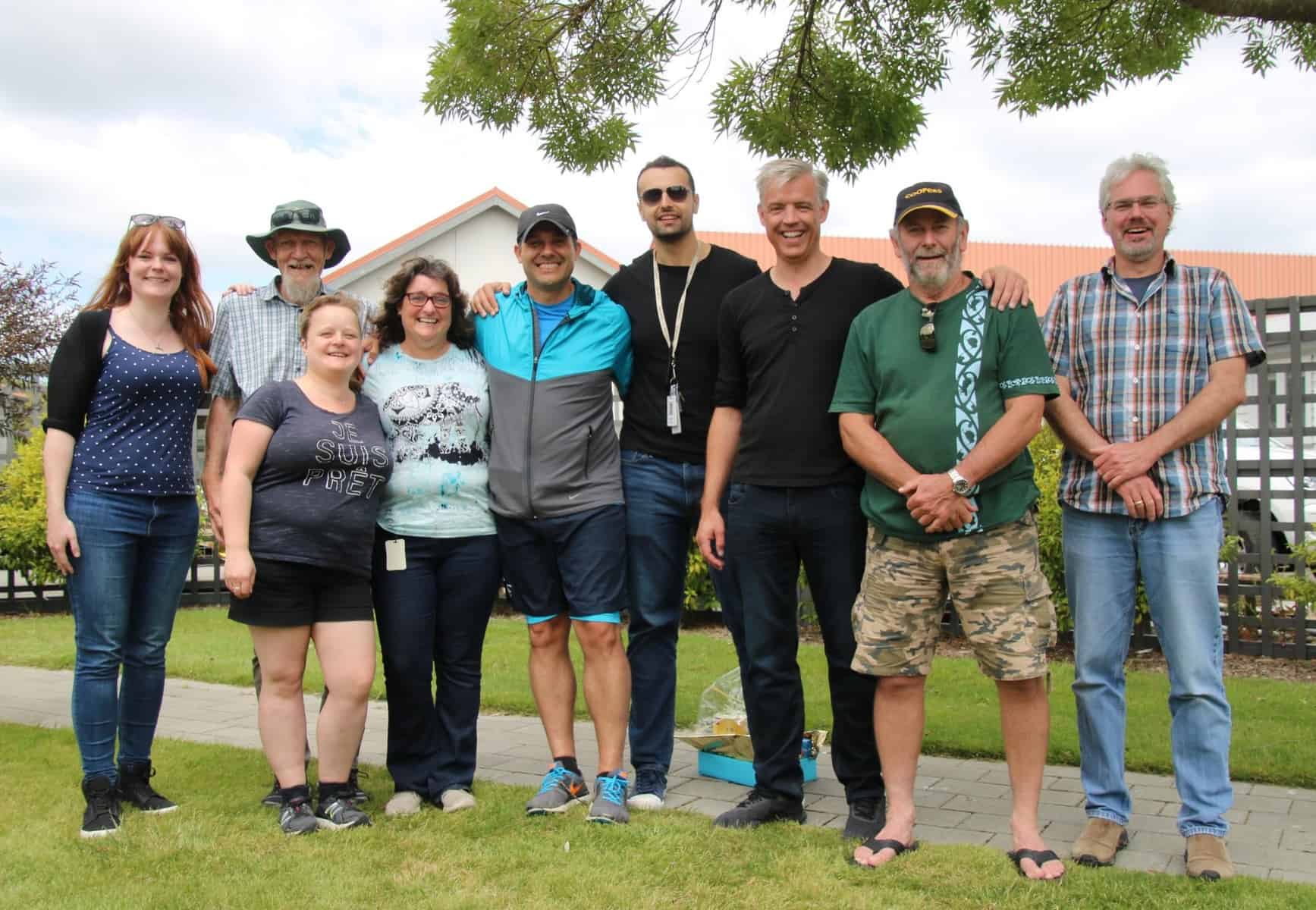Commentary: How Computer Models Could Change Horse Parasite Control

Resistance to dewormers is a huge problem when it comes to equine intestinal parasites. No single product is free from resistance and the situation is slowly getting worse. No new dewormer product classes have been introduced to the equine market for more than 30 years, and we do not expect any new products in foreseeable future.
To mitigate the situation, parasitologists and veterinarians have long recommended reducing anthelmintic (dewormer) use and switching to deworming strategies involving parasite egg count-based approaches, in which veterinarians monitor horses’ response to anthelmintic treatment and their level of strongyle parasite egg shedding. This is all great, but the problem is that dewormer resistance is very slow to develop—it typically takes a few decades to establish. This means that it is very challenging to study how we can best slow the development or resistance and maintain effective products for our horses at the same time.
Research study funding sources usually cover projects going over a year, two years, and in rare cases, up to about five years in length. We don’t have access to funding that allows us to set up a study going over 10 to 20 years, which is what we would need to study dewormer resistance development in horse parasites. This is where the computer model comes into play
Create a free account with TheHorse.com to view this content.
TheHorse.com is home to thousands of free articles about horse health care. In order to access some of our exclusive free content, you must be signed into TheHorse.com.
Start your free account today!
Already have an account?
and continue reading.
Related Articles
Stay on top of the most recent Horse Health news with

















